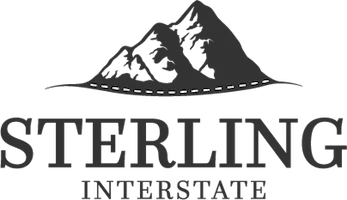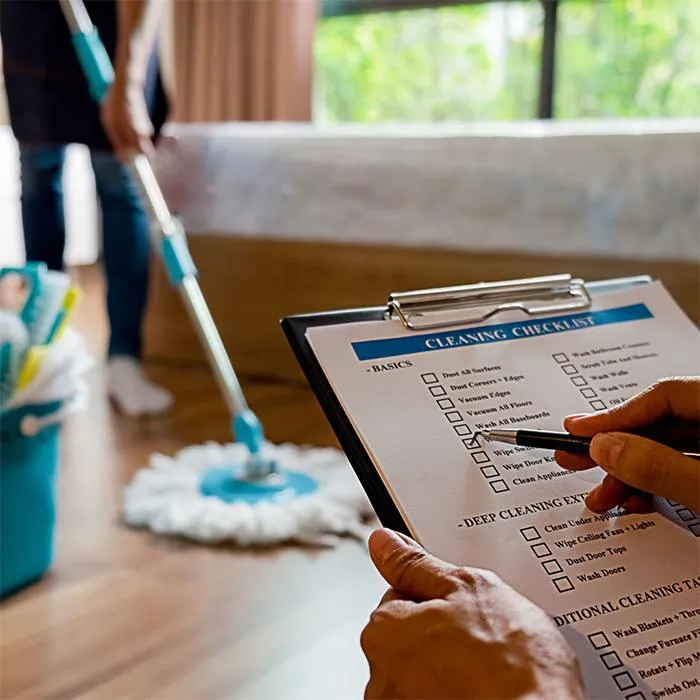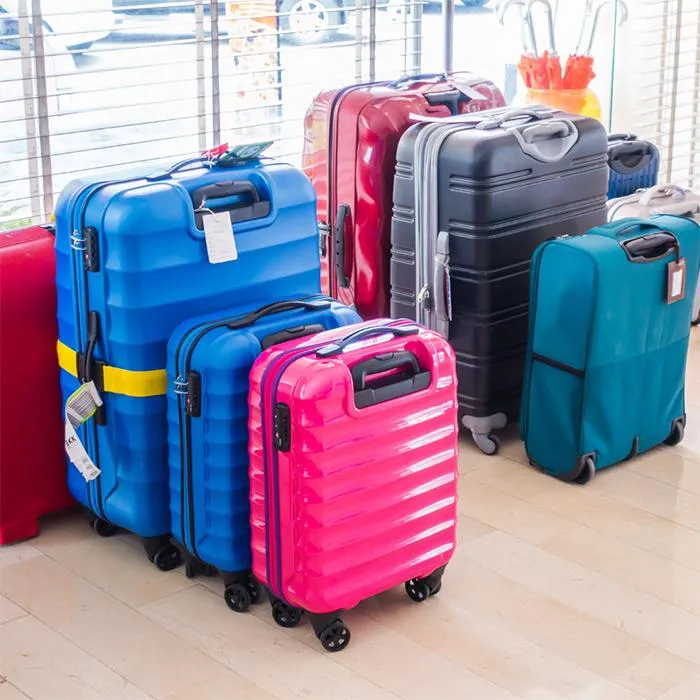
The Best Moving Checklist Ever
Created in the History
of Moving
Whether you're doing your move yourself or hiring a moving company, there are
several things you need to do. We have created the finest moving
checklist to make your move as smooth as possible.
Our checklist starts before your relocation and offers practical tips up until the day of your move. In addition, it contains extremely important moving tasks we have arranged per week for a seamless transition.
Our Comprehensive Moving Checklist
This moving guide will help you keep organized while moving into your new home.

8 Weeks Before You Move
- Start searching for a moving company.
- Verify that your moving company is insured and licensed.
- Create a Google Drive folder for your moving estimates, invoices, and documentation.
- Make the list of the items to be moved.

7 Weeks Before You Move
- Request quotes from professional movers.
- Finalize a moving company.
- Book a rental truck.
- Make arrangements for a storage unit.

6 Weeks Before You Move
- Speak with your health insurance provider.
- Send move notification to Schools.
- Reservation for airline, car, or hotels.
- To ensure that all of your furniture will fit, take measurements for doorways, stairways, and elevators.

5 Weeks Before You Move
- Sort out the items for selling or donation.
- Update your memberships for the gym, club, community organization, etc.
- Secure your documents like passport, birth certificates, security cards, bank statements, etc.
- Start using up your pantry and refrigerated food supplies.
5 Packing Tips for a Stress-free Move
Moving locally or interstate can be stressful. But there are certain things you can do to have a stress-free and enjoyable move. These involve learning how to pack your boxes.

1. Put the right items in the right boxes
Pack light items such as pillows, bed sheets, and clothes in big boxes. Put books and heavy items in small boxes. This will make carrying them easier and reduce the chances of an accident occurring and damaging them.

2. Place the heaviest moving boxes on the bottom
Do this when stacking your boxes, whether on the moving truck or in storage. This will give your boxes balance and prevent heavier boxes from crushing lighter ones and toppling, potentially shattering everything inside. Additionally, placing the heavier boxes on the bottom will reduce the heavy lifting required.

3. Fill empty spaces in boxes
Use packing paper or your clothes to fill gaps in your boxes before sealing them. Your mover probably won’t move loose and shaky boxes for fear of damaging their contents while transporting them.

4. Don’t put items from different rooms in the same boxes
This will make packing your items quicker and unpacking them at your new home much easier. Also, label each box with its specified room to help you and your movers easily unpack it into the appropriate room in the new house.

5. Properly tape your moving boxes
To prevent items from falling out of boxes and breaking or mixing with other items, ensure you seal your boxes with tape. Close the top and bottom of the boxes with a “t” like formation which will secure and hold them together.

4 Weeks Before You Move
- Pack a bag for items needed the first night in the new house.
- Verify the time and date with the moving company.
- Inform your homeowners or renters insurance provider of your impending relocation to a new residence.
- Get moving insurance to protect all of your possessions during the move.

3 Weeks Before You Move
- Notify all service providers at the current location.
- Update address in the post office at the new location.
- Change the mailing address for Medicare and Social Security.
- Make sure your pets' collars are equipped with ID tags.

2 Weeks Before You Move
- Book a move-out cleaning service or do it yourself.
- Apply for leave from work.
- Visit the vet with your animal.
- Update your credit card and bank account billing addresses.
- If you receive any monthly subscription boxes, newspapers, paid TV, or magazines, be sure to update your address and phone with your service provider.

1 Weeks Before You Move
- Clean up the refrigerator and dishwasher.
- Make sure that you redirect or cancel scheduled deliveries and home services such as gardening, mowing, housekeeping, dogwash, dogwalker, rubbish services, and others.
- Redirect or cancel contracts with security companies that provide your cameras and pin codes.
- Prepare for rain or snow by watching the weather channel.
- Inspect the old house with the landlord.
- To demonstrate that your house was in good condition when you left, take pictures or videos of it when it is empty.

The Day Before You Move
- Suitcases and necessities should be packed.
- Inform your neighbors about your move.
- Get cash to give a tip.
5 Moving Tips and Tricks for a Smooth Transition

1. Avoid the clutter
Avoid being overwhelmed; discard unnecessary items before packing your box to make things easier.

2. Pack important documents in one place
Pack your rental papers, purchase receipts, and moving contracts into one folder. If you need to address any situation during or after the move, you will have your records close by for easy referencing.

3. Start packing in advance
Pack seasonal items you won’t need or use while preparing for your move. For instance, if your move is scheduled for the summer, you can start packing your winter clothes and gear early.

4. Schedule utilities for your new home
Contact your utility service providers to schedule your electricity and water at your new place. The last thing you want after a long day relocating is to pass the night without bathing or electricity to cool your room during a hot summer.

5. Ensure to pack essential items
Carry with you items that you use every day, like your toothbrush, clothes, medications, and any important paperwork. These will come in handy if you have to deal with any delays or emergencies during the move.

Day of the Move
- Set an alarm and rise early.
- Make a path for moving things.
- Make yourself available to help with the loading process.
- Give your movers a tip.
- Keep water bottles on hand.

After You Moving Day
- Go shopping for groceries.
- Set up your beds and prepare the bathroom.
- Replace your locks.
- Examine your utilities.
- Learn about pet policies, yard care, and monthly dues.